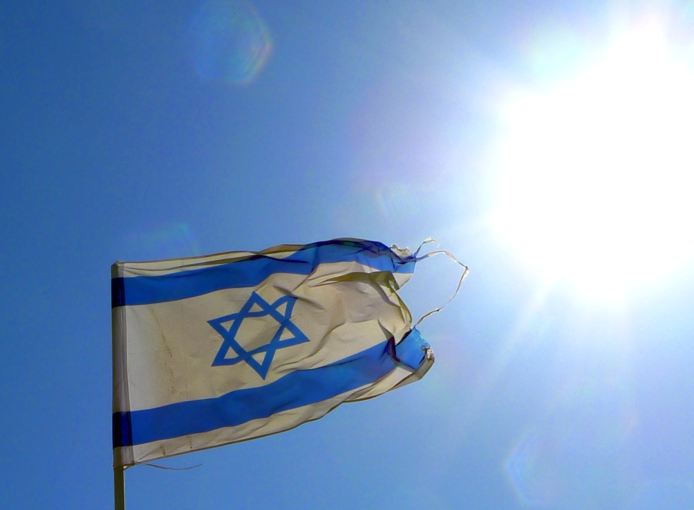Researchers have studied Israel’s method of settling prices for PV tenders and raised concerns about the potential for long-term dominance. They examined how abuse of power and technological inefficiencies lead to market inefficiencies, and concluded that a duopoly best suits the Israeli market.
Scientists from Ben-Gurion University of the Negev analyzed the Israeli PV market through three major tenders. They examined it in terms of economic prosperity, focusing on inefficiencies caused by market concentration and technological inefficiencies due to less competitive companies winning tenders.
The Israel Electricity Authority (IEA) held three tenders in 2016, 2017 and 2019 using the clearing price method. Under this approach, bidders submit generation capacities and offers at fixed rates per kilowatt hour without knowing the final capacity that the regulator will select.
“The tender quota ultimately determines the market clearing price. Multiple firms submit bids with varying prices for producing different quantities of output, but the final price awarded to all winning firms is uniform, regardless of the individual prices they initially propose,” the researchers said. “The bids are ranked and the companies offering the lowest rates are selected until the quota is met.”
The clearing price method set a production quota of 235 MW at a rate of ILS 0.199 ($0.053)/kWh in the first tender, 105 MW at ILS 0.1978/kWh in the second, and 220 MW at ILS 0.188/kWh in the third. Twelve companies won in the first tender, while only six participated in the second and third. The largest company received 33.83% of the total quota for the three tenders.
“After the third tender, Firm A received 190 MW of quota, Firm B 110 MW, Firm C 101 MW, and the other winners up to 55 MW,” the academics said. “These findings may imply that if future tenders continue to use the same methodology, the result will be an oligopolistic market, meaning a more concentrated market. According to the economic literature, this market may be more efficient in production, but would prove costly to the country’s economic prosperity.”
Using the tender results and a modified demand curve, the scientists applied the Cournot oligopoly model to calculate the loss of economic prosperity and simulate future scenarios in the Israeli market. The Cournot model assumes that companies’ products are perfect substitutes, and each company’s strategy involves selecting production quantities simultaneously.
“The equilibrium obtained from the Cournot model allowed us to calculate measures of economic welfare, including consumer surplus in the electricity sector, producer surplus and the loss attributed to maintaining competition by less efficient firms in the tender win (i.e. technological inefficiencies). ,” the group said. “In addition, we assessed the decline in economic welfare due to market power resulting from the lack of competition (i.e., the calculated loss of economic welfare relative to the most efficient outcome).”
The results showed that the loss of economic prosperity due to abuse of market power was smaller than that due to technological inefficiency. In the first tender, market power caused approximately 9% loss of welfare, in the second 14% and in the third 12%. In contrast, technological inefficiencies led to welfare losses of approximately 41%, 37% and 28% respectively in each procurement.
The scientists used the results of the latest tender to assess the impact of further contraction of the market, from the current six companies to a monopoly.
“The comparison shows that as the market becomes smaller in terms of the number of firms, the costs of maintaining competition (i.e. production by less efficient firms) impose a decreasing economic burden,” the statement said. scientists. “Surprisingly, the loss of economic prosperity is minimal as there are only two winning companies. If we are left with only one company, electricity production will cost less, but the monopolistic player will install about 31% less capacity than that obtained in the third tender. Thus, the monopoly company will maximize its profits at the expense of consumers and the overall well-being of society.”
They presented their results in “Maintaining competition and economic prosperity in the Israeli PV market”, which was recently published in Utilities policy.
This content is copyrighted and may not be reused. If you would like to collaborate with us and reuse some of our content, please contact: editors@pv-magazine.com.

